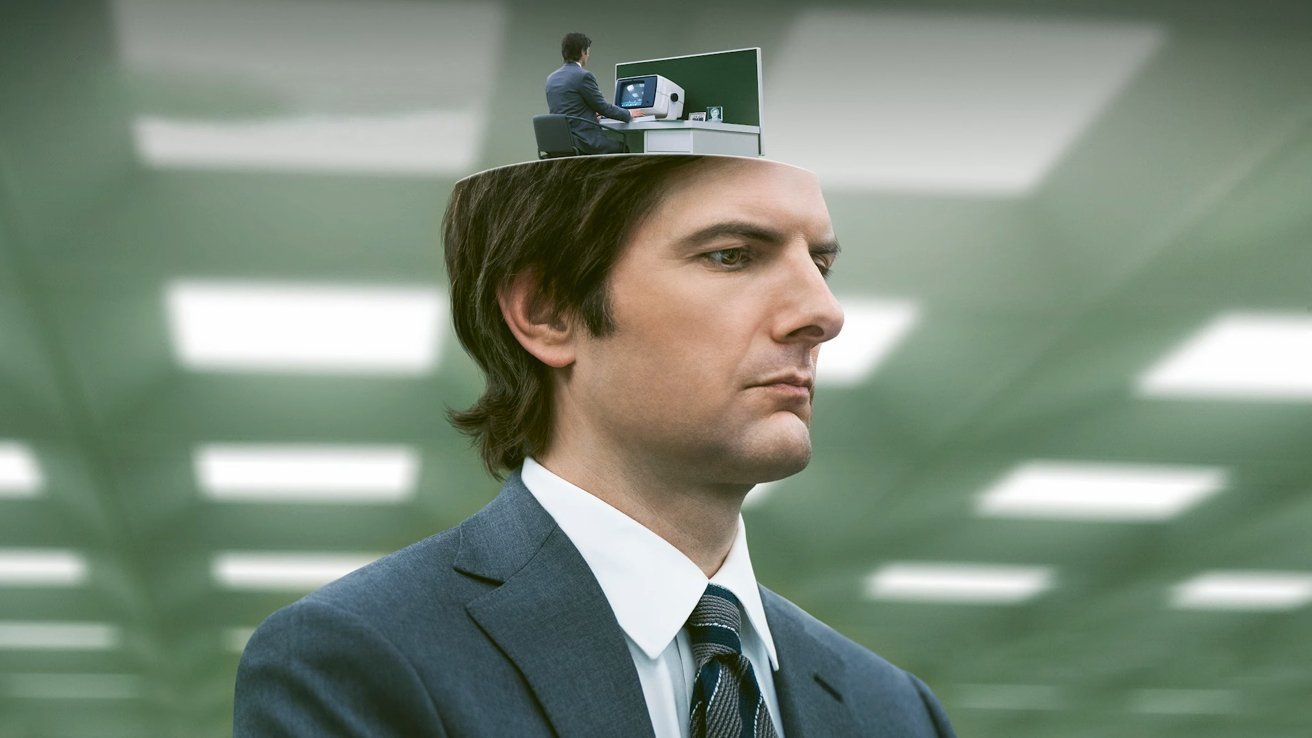Doctor Who: 'Lux' Delivers Visual Splendor but Misses the Mark on Storytelling

In recent years, the iconic British sci-fi series Doctor Who has enjoyed an unprecedented increase in budget, thanks to a lucrative collaboration between the BBC and Disney. This financial boost has paved the way for ambitious storytelling and visually stunning episodes that were previously out of reach for the show. This weeks episode, titled Lux, is an ambitious endeavor that showcases remarkable ideas, yet it ultimately becomes a tangled mess of tonal shifts and rushed narratives.
Lux transports viewers to 1952 Miami, where the Doctor, accompanied by his hesitant companion Belinda, finds themselves stranded after the TARDIS refuses to return them to contemporary Earth. As is customary in Doctor Who, their timing is impeccable; they arrive at a dilapidated cinema that has become the center of mystery and fear, as patrons have vanished without a trace. Rumors swirl around the cinema, now said to be haunted, while its caretaker continues to play films each night, oblivious to the bizarre occurrences.
Before the duo embarks on their own investigation, the audience learns about the source of the cinemas hauntings. It turns out to be Mr. Ring-a-Ding, a cartoon character from the cinemas vintage pre-show reels, who magically comes to life under the moonlight. Portrayed by the ever-charismatic Alan Cummingwho notably differs from his previous role as King James in The WitchfindersMr. Ring-a-Ding is not just an animated figure but a being infused with the powers of a supernatural pantheon that has been haunting the Doctor since the show's 60th anniversary specials.
The visual representation of Mr. Ring-a-Ding is nothing short of spectacular. The production team expertly brings this 2D character into the real world, employing dynamic panning and tracking shots that highlight the animations charm. Cummings portrayal adds a layer of complexity to the character, infusing him with a certain menacing charm. However, as the episode progresses, the narrative takes a chaotic turn, leading to an overwhelming barrage of ideas that struggle to find coherence.
Once Mr. Ring-a-Ding captures the Doctor and Belinda, the episode spirals into a whirlwind of frenetic storytelling. The characters are transformed into animated versions of themselves and must confront their fears and insecurities, a plot device meant to add depth to their characters. Unfortunately, this sequence feels rushed and lacks the emotional resonance that such a moment should convey. As they navigate through strips of film reel in an effort to escape, the pacing becomes erratic, and plot threads are introduced and abandoned at breakneck speed.
The tension escalates when the Doctor and Belinda unexpectedly find themselves spilling out of the TV screen of a group of devoted Doctor Who fans. This self-referential twist is undeniably clever and could have formed the basis for an entire episode. It showcases Russell T Davies knack for humor with a series of meta-jokes aimed at the fandom. However, this narrative turn quickly devolves into an emotional crisis for the characters, leaving viewers uninvested in their plight due to the lack of time spent developing their connections.
As the episode progresses, the transition from engaging ideas to convoluted plot points feels jarring. The inclusion of serious themes, such as racial discrimination, is introduced but insufficiently explored, resulting in moments that lack the weight they deserve. The rushed nature of the storytelling means that the serious implications of these topics are reduced to mere footnotes in the overall narrative.
The episode also attempts to address the evolving dynamic between the Doctor and Belinda, particularly her reluctance to accept her role as a companion. However, this arc suffers from the same rushed treatment as other plot elements. While the characters do share moments of vulnerability, the rapid pace of the episode leaves little room for genuine emotional growth. By the time Belinda declares her trust in the Doctor during a climactic moment, it feels unearned, a stark contrast to the tension that initially defined their relationship.
Despite the rush to resolve these storylines, its essential to acknowledge that Doctor Who is ultimately a show about joy, adventure, and the triumph of the human spirit. Belinda's acceptance of her role as a companion was inevitable, yet the manner in which it is presented raises questions about the episode's effectiveness in delivering a satisfying narrative. It begs the question: did Lux truly give this pivotal moment the depth it deserved?



























